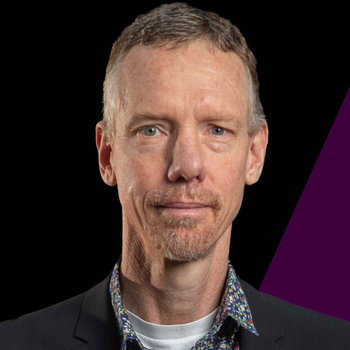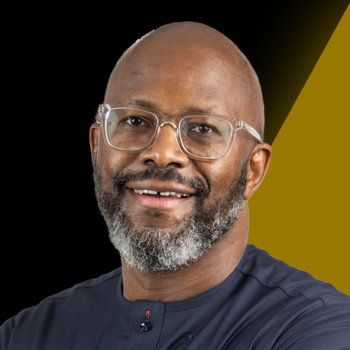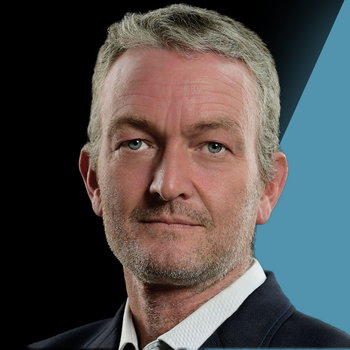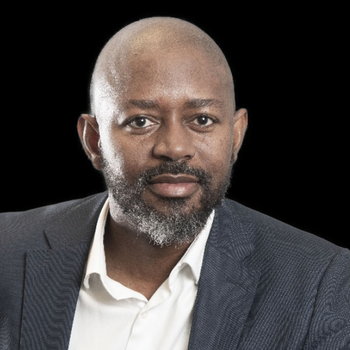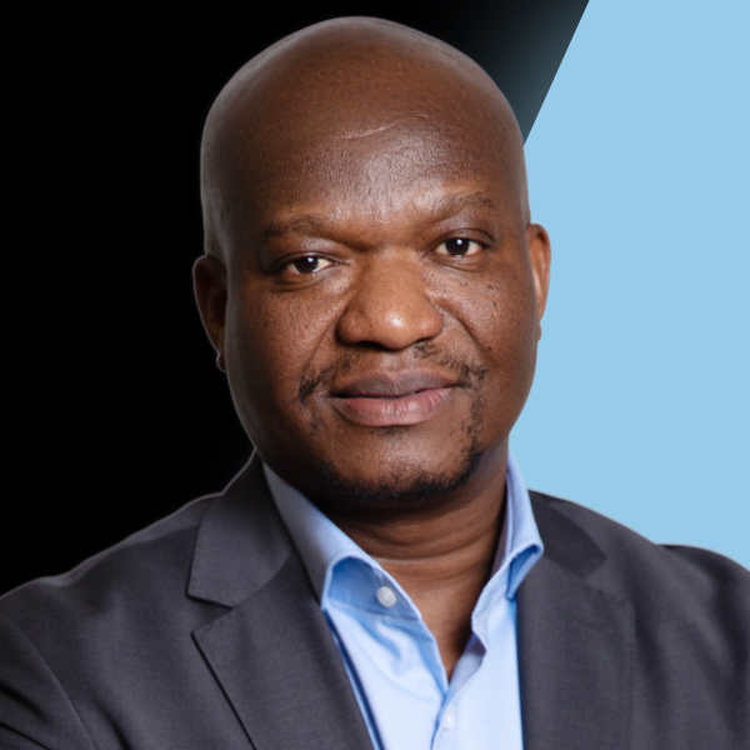
TCS | Seacom 2.0: Alpheus Mangale unpacks all the details about the giant new subsea system
Loading player...
Seacom last week announced that it plans to build one of the highest-capacity subsea broadband cable systems the world has ever seen.
Dubbed Seacom 2.0, the cable system – which will have an expected design capacity of a staggering 2 000Tbit/s – will be larger than the company’s original system, which brought high-speed connectivity to Africa’s eastern coastline when it was launched in 2009.
The new system, which will include an “express route” from South Africa to Singapore and leg around South Africa to Lobito in Angola – and which will also cover much of the same East African coastline as the first system – will use the latest fibre-optic technology and 48 fibre pairs to deliver its extreme total capacity.
Alpheus Mangale, CEO of Seacom, sat down with TechCentral editor Duncan McLeod for an exclusive first interview with the TechCentral Show to unpack the announcement and provide much greater detail about the deployment – including its timelines and the technology that will be used.
In the interview, Mangale touches on a range of topics, including:
• What’s involved in building a submarine cable system of this magnitude;
• Why Seacom has chosen the routing for the cable that it has;
• The need for great redundancy around the African continent, and how this fed into Seacom’s planning for Seacom 2.0;
• The commercial model for the new system and what this means for the region;
• The assumptions Seacom is making about future internet demand and how that feeds into its return-on-investment forecasts;
• How the system will be funded and who is backing it;
• The risks inherent in building telecommunications infrastructure at this scale; and
• The terrestrial infrastructure that will be deployed to support Seacom 2.0, including landing stations and edge data centres.
Don’t miss a fascinating interview!
Dubbed Seacom 2.0, the cable system – which will have an expected design capacity of a staggering 2 000Tbit/s – will be larger than the company’s original system, which brought high-speed connectivity to Africa’s eastern coastline when it was launched in 2009.
The new system, which will include an “express route” from South Africa to Singapore and leg around South Africa to Lobito in Angola – and which will also cover much of the same East African coastline as the first system – will use the latest fibre-optic technology and 48 fibre pairs to deliver its extreme total capacity.
Alpheus Mangale, CEO of Seacom, sat down with TechCentral editor Duncan McLeod for an exclusive first interview with the TechCentral Show to unpack the announcement and provide much greater detail about the deployment – including its timelines and the technology that will be used.
In the interview, Mangale touches on a range of topics, including:
• What’s involved in building a submarine cable system of this magnitude;
• Why Seacom has chosen the routing for the cable that it has;
• The need for great redundancy around the African continent, and how this fed into Seacom’s planning for Seacom 2.0;
• The commercial model for the new system and what this means for the region;
• The assumptions Seacom is making about future internet demand and how that feeds into its return-on-investment forecasts;
• How the system will be funded and who is backing it;
• The risks inherent in building telecommunications infrastructure at this scale; and
• The terrestrial infrastructure that will be deployed to support Seacom 2.0, including landing stations and edge data centres.
Don’t miss a fascinating interview!

